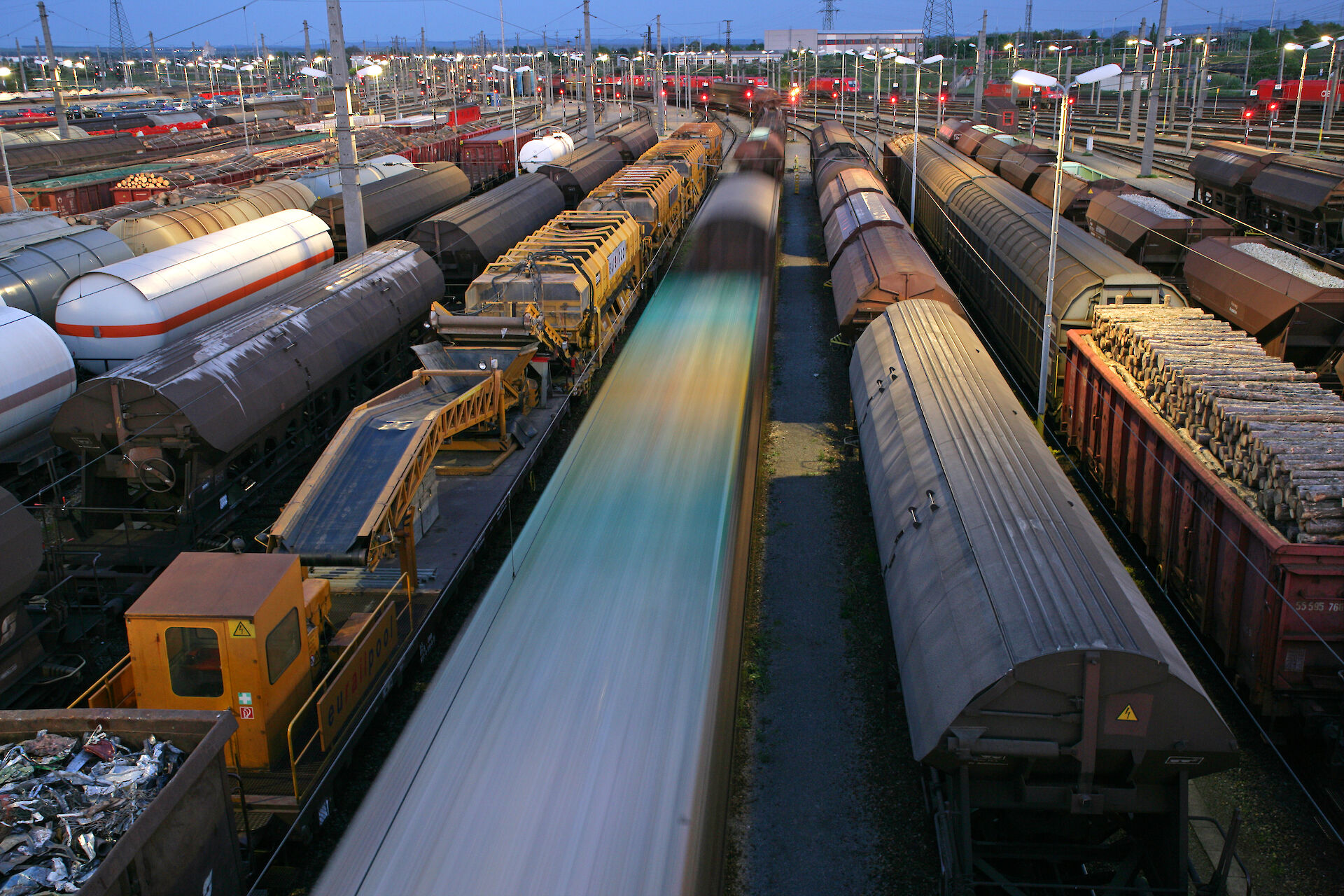02 Mar 2016 08:54
Hinterland
In 2015 around 295,000 TEU – 20-ft standard containers – were transported between the Port of Hamburg and intermodal terminals in Austria by environmentally-friendly rail. That represents a 9.3 percent gain, setting a new record for Hamburg’s seaport-hinterland services with Austria. The proportion of containers on this route transported by rail exceeds over 90 percent, making rail the leading mode of transport. “Austria is a model destination in efficient and environmentally friendly hinterland transport via the Port of Hamburg. About 40 container block trains per week operate between Hamburg and Vienna. Altogether more than 80 container trains connect intermodal terminals in Austria every week with Germany’s largest port,” said Alexander Till, Head of the Port of Hamburg Marketing Representative Office in Vienna.
The Port of Hamburg’s Representative Office in Vienna plus close cooperation with the partner Port of Vienna foster cooperation with transport companies and shippers in Austria. In the Austrian market, noteworthy for tough competition, this is of great importance for the Port of Hamburg, the top container port for the Austrian economy. The container ports of Bremerhaven and Rotterdam, both in Northern Europe, follow in second and third places. Southern ports on the Adriatic like Koper and Venice have so far been of less importance. “Even if the Southern ports have hitherto been unable to emerge from their generally subordinate role in throughput for Vienna, for other parts of Austria, Hungary, the Czech Republic and Slovakia, distinct increases in container transport via the Port of Koper in Slovenia are apparent. Completion of the Semmering Base Tunnel, planned for 2026, will also improve the transalpine link between these ports and the Austrian capital. These Southern ports are making matching investments in track infrastructure serving Central Europe and in greater terminal capacities,” explained Till. Planning for stronger cooperation between Austrian Railways (ÖBB) and Slovenian Railways (SŽ) has also been announced recently. This aims to shorten transit times between ports and terminals and to improve utilization of the rail network. “The more favourable geographical location of the Southern ports for East Asia could lead to the assumption that Hamburg and other ports in the North Range will lose market shares in the next few years. Yet this is only the case at first glance, since a still minimal number of direct ship calls in the Southern ports means that most of the cargo has to be transhipped. In the end, average journey times calculated along the entire transport chain are the same with the Northern and Southern ports, while the somewhat longer sea route is irrelevant. With good, punctual services and favourable transport rates, maburg will also popisition Hamburg will also be successful in the long term in positioning itself on this the even in the long term the Port of Hamburg will continue to position itself successfully on this market,” added Till.
Till is convinced that on container services, Hamburg will remain the most important port for the Austrian economy: “For over 30 years now, the Port of Hamburg has been the port with the highest throughput of containerized freight for the Austrian economy. Hamburg possesses a high number of direct worldwide shipping services, while Austria is extremely well linked with Hamburg by rail. The Vienna – Hamburg route is approx. 150 kms shorter than to the Western ports of Rotterdam or Antwerp. That makes the rates for pre- and post-carriage runs with the Port of Hamburg very attractive for our port’s customers in Austria.”

